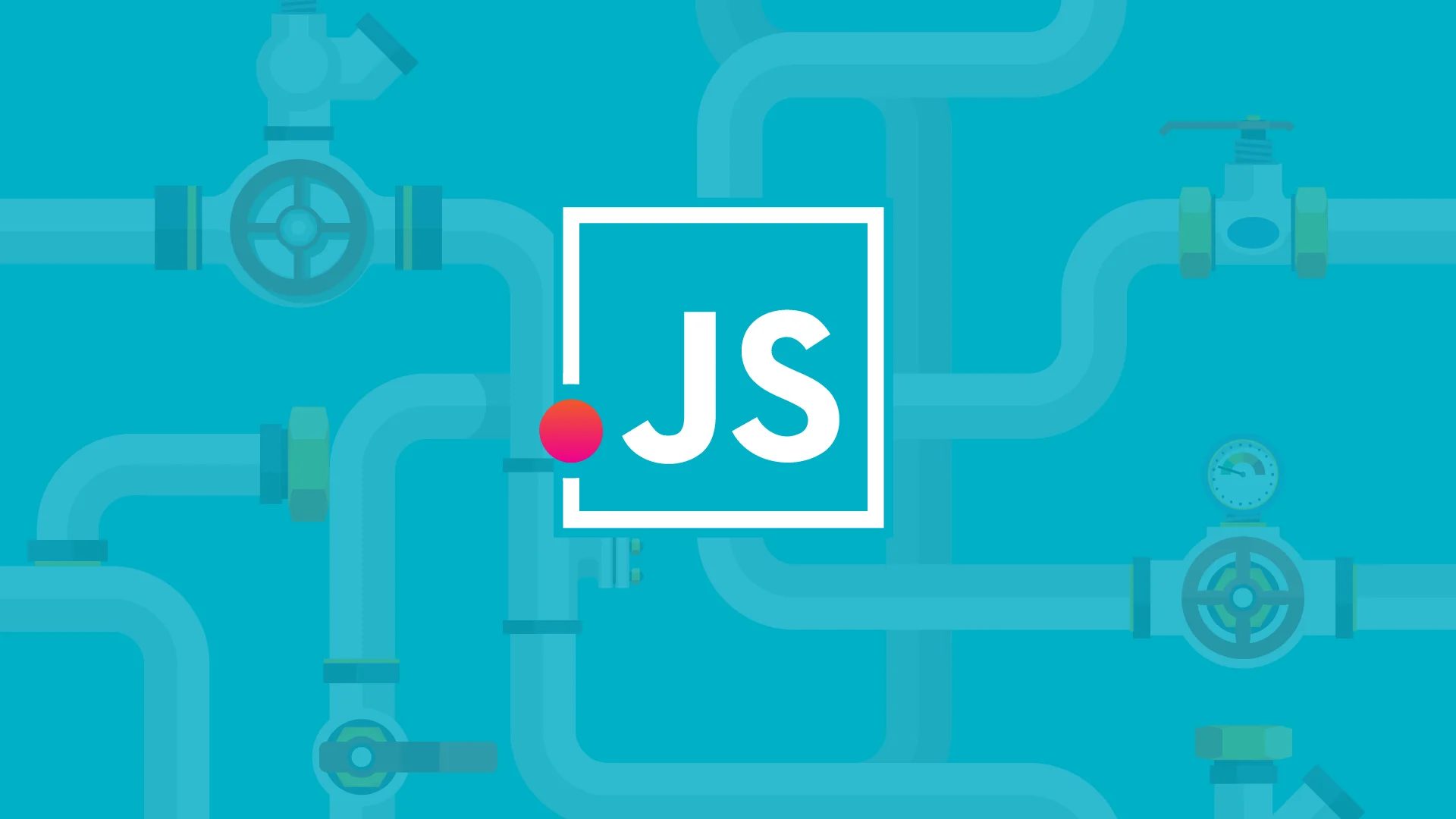In the ever-evolving realm of digital education, the choice of an educational game can be a game-changer, significantly elevating the learning experience and fostering improved outcomes. Blooket, a formidable player in this space, stands out for its innovative approach to educational gaming. In this exploration, we unveil the technological underpinnings of Blooket, dissecting the coding languages that power its interactive and dynamic educational platform.
Understanding Blooket: A Symphony of Code
Blooket, conceived by the minds of Tom Stewart and Ben Stewart, is more than just a platform; it’s an embodiment of the gamification approach to education. Designed for versatility, it seamlessly integrates into various devices, from tablets and mobiles to facilitating remote learning. Behind the veil of its simple, interactive games lies a sophisticated blend of programming and design, primarily orchestrated by the omnipresent coding language – JavaScript.
Why is It Important to Know What Coding Language Blooket Uses?
Understanding the coding language that powers an application or educational game like Blooket provides insights into how game design is accomplished, how the user interfaces and experiences are generated and managed (user experience design, user interface design), and how performance, security, accessibility, and scalability features are integrated. It helps understand the instructional design and how educational research influences technology adoption.
Javascript

What is Javascript?
JavaScript is not just another coding language. It’s an essential part of web applications for interactive learning. As a scripting language, it is primarily used to enhance web pages’ functionality and user experience, enabling them to be interactive and dynamic in a web browser.
Why Does Blooket Use Javascript?
When building educational apps like Blooket, JavaScript offers myriad benefits. It is employed not just because of its performance but it excels in accessibility, ease of use, and network scalability. Its interoperability with HTML and CSS makes it an indispensable tool for front-end development. Moreover, its ability to work with numerous game engine options (like Unity or Unreal Engine) allows for creating and managing complex gaming graphics. As a result, JavaScript offers an excellent user experience design. The choice of JavaScript by the Blooket team aligns well with these considerations.
Examples of How Javascript is Used in Blooket
In Blooket, JavaScript is an efficient teaching tool, managing everything from user interactions (click events, loading and presenting different elements on the screen) to driving game logic. Here’s how Blooket employs JavaScript:
- Allowing real-time gameplay with immediate responses to user actions.
- Loading and modifying HTML content for game-based learning
- Facilitating data communications with the server side for syncing multi-player activities.
- Ensuring seamless gaming experience with optimized performance and resource management.
Other Coding Languages Used in Blooket

While JavaScript is the primary language employed in Blooket’s design and operation, it doesn’t work alone. Multiple other languages are embedded in the system’s infrastructure, each contributing to the functionality and appeal of the portal. These additional languages include Python, C++, HTML, and CSS, forming a robust framework that underpins this adaptive educational game platform.
HTML – for HyperText Markup Language – forms the backbone of any web-based platform. In the case of Blooket, HTML creates the site’s foundations, dictating the basic structure and layout. Providing the architecture for all the web pages, HTML defines the required elements, be it text, images or links. Each part is structured and ordered using HTML, making it essential for a web-based platform.
Complementing HTML is CSS – Cascading Style Sheets. While HTML lays out the frame of Blooket’s platform, CSS breathes life into it through customization and aesthetic preferences. From color palettes to font styles, backgrounds to margins, CSS makes Blooket visually engaging and interactive to its end-users. It gives Blooket its polished look, improving its efficiency as a user-friendly, dynamic educational app.
Delving deeper into Blooket’s engine, you find Python and C++. Python, a versatile and high-level coding language, is universally lauded for its readability and application to various tasks. Hypothetically, Blooket could be using Python in its server-side development – for instance, it could work hand in hand with JavaScript to maintain game logic, manage databases, validate forms, or perform other backend activities. The high-capacity, reliable nature of Python makes it a plausible choice.
C++, another powerful coding language, is renowned for its software development capacity. Though lacking the simplicity of Python, C++ makes up for it with its high performance, flexibility, and functionality across platforms. This could arguably place it in a crucial role of managing and optimizing Blooket’s advanced, server-side operations.
All said, these four coding languages – JavaScript, HTML, CSS, Python, and C++ – blend, each bringing its unique advantages to build Blooket. Their collective contributions aid Blooket in achieving its goal of being an entertaining, educational, and innovative platform for learners and educators alike.
Final Thoughts
With the intersection of open source, cloud computing, and educational research, the educational game industry is experiencing unprecedented growth. Blooket is a testament to this trend, demonstrating how creative instructional design and the right technology can produce an effective teaching tool.
In essence, the choice of coding languages used in Blooket directly impacts the user experience design, security, performance, and overall success of the platform. Understanding these technical aspects can provide meaningful insights into various components of Blooket, from assessment and feedback systems to discoveries in student engagement and motivation.
By bridging gaming and learning, Blooket also opens the door to hybrid and blended learning methods where traditional teaching methods can be supplemented with digital learning resources. Using various coding languages to design educational games signifies the importance of coding education for the younger generation, encouraging them to moor their innovative educational solutions.
Blooket’s success also underlines the significance of integrating technology into classroom management. Educators can transform the traditional learning experience into an interactive, dynamic, fun, and highly engaging educational journey, thus reinforcing the value and reach of technology, particularly coding education, in our contemporary society.
In our increasingly SaaS and cloud computing-driven world, the choice of coding language might be one of the cornerstone decisions defining an educational app’s success. Observing and understanding the backend of platforms like Blooket can offer budding developers insights into how technology can revolutionize education and learning.
Learning platforms like Blooket are reshaping our classrooms and redefining the future of education. Moreover, they illustrate the power of coding and technology in providing vibrant and effective learning tools, challenging traditional teaching and learning definitions as we move towards a more digital and interconnected educational future.
Frequently Asked Questions
1. What Programming Language is Blooket Written in?
Blooket is primarily written in JavaScript and HTML and CSS for its website structure and design. Certain server-side functionalities may also use Python and C++.
2. Why is Javascript Used in Blooket?
Blooket uses JavaScript because of its superb performance, accessibility, ease of use, and scalability. It’s an essential part of the platform’s front-end development and works effectively with various game engines to handle complex gaming graphics, ensuring a seamless user gaming experience.
3. How Does Blooket Use Game-based Learning?
Blooket uses an innovative game-based learning strategy to promote learner engagement and motivation while ensuring that core educational goals are met. It achieves this through various game modes and challenges that require learners to answer questions correctly to progress.
4. What is the Role of Html and Css in Blooket?
HTML (HyperText Markup Language) is used to create the basic structure and elements of the Blooket site. On the other hand, CSS (Cascading Style Sheets) brings aesthetic appeal to the platform through presentation, layout, and design.
5. Can I Learn to Code by Playing Blooket?
While Blooket is a powerful educational tool designed to make learning more interactive and engaging, it does not directly teach coding. However, understanding the coding languages used in making Blooket can provide meaningful insights into game design and development, and inspire an interest in coding education.
6. Why is Blooket Significant in the Educational Technology Space?
Blooket’s significance lies in its innovative use of gamification to promote learning. Using coding languages like JavaScript, HTML, CSS, Python, and C++ creates an interactive, engaging learning environment for students. As a result, Blooket is reshaping conventional learning models, offering new strategies for classroom engagement and management.

